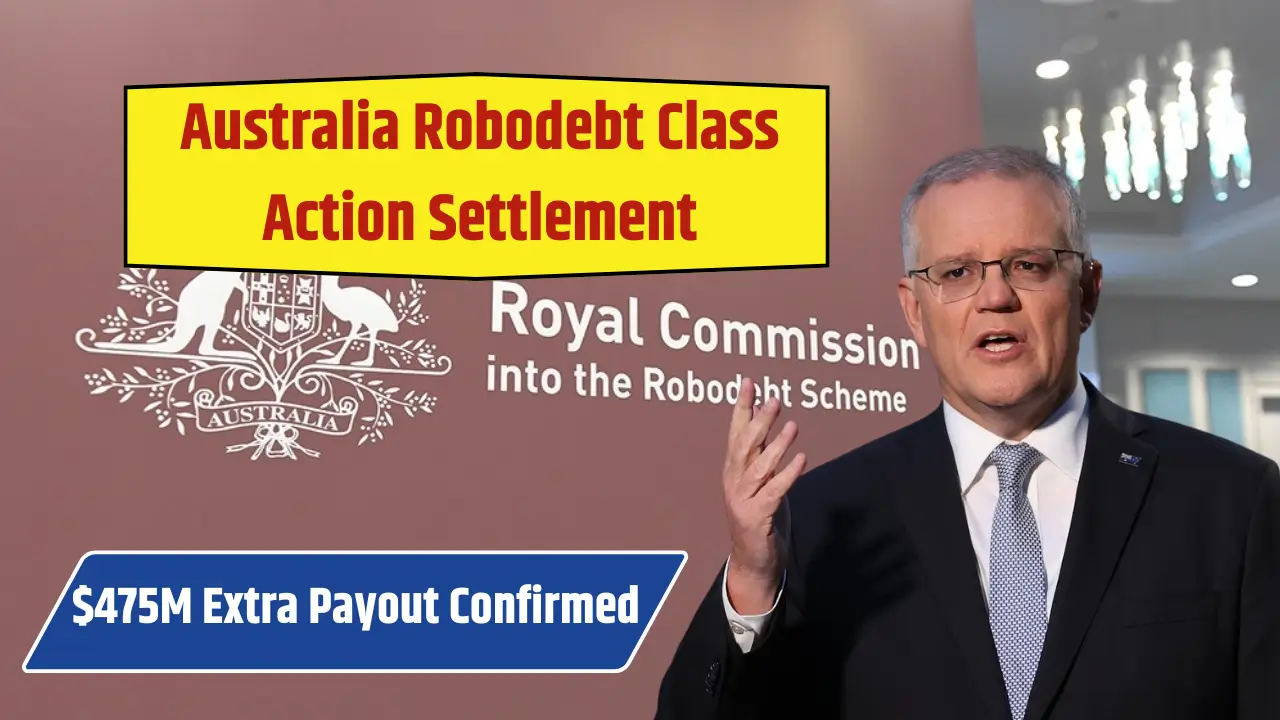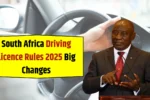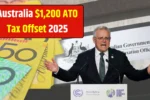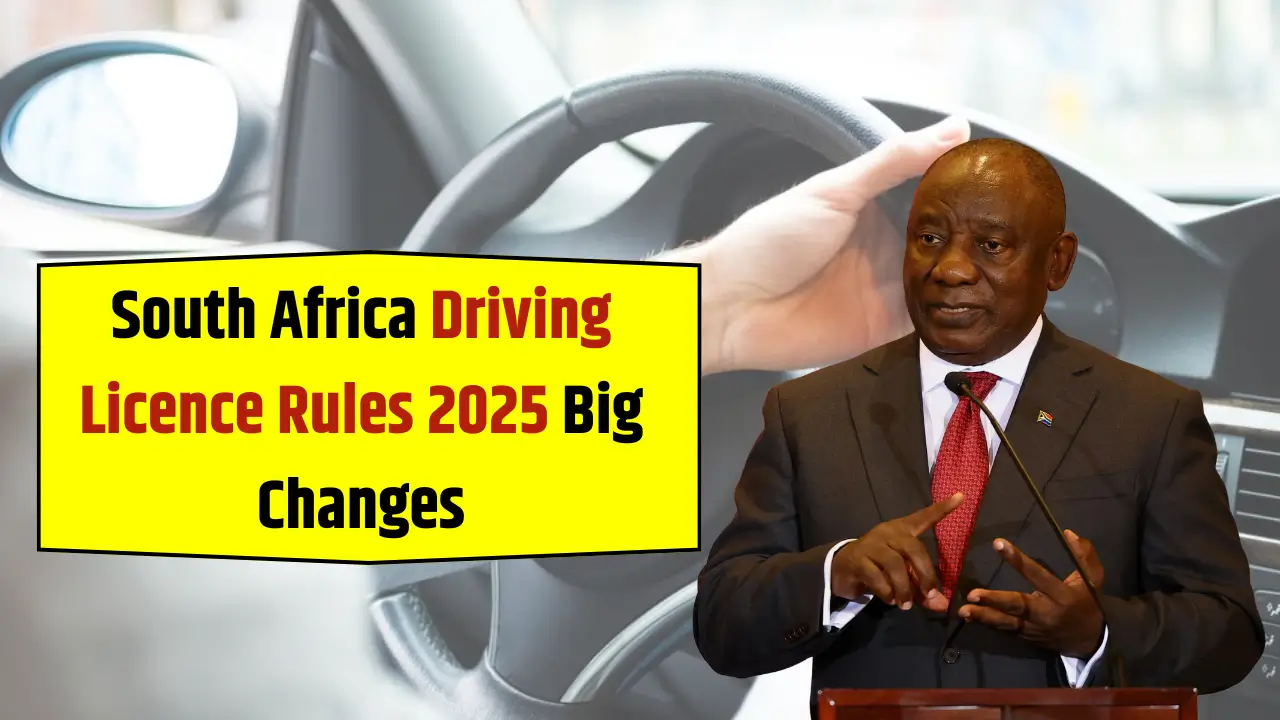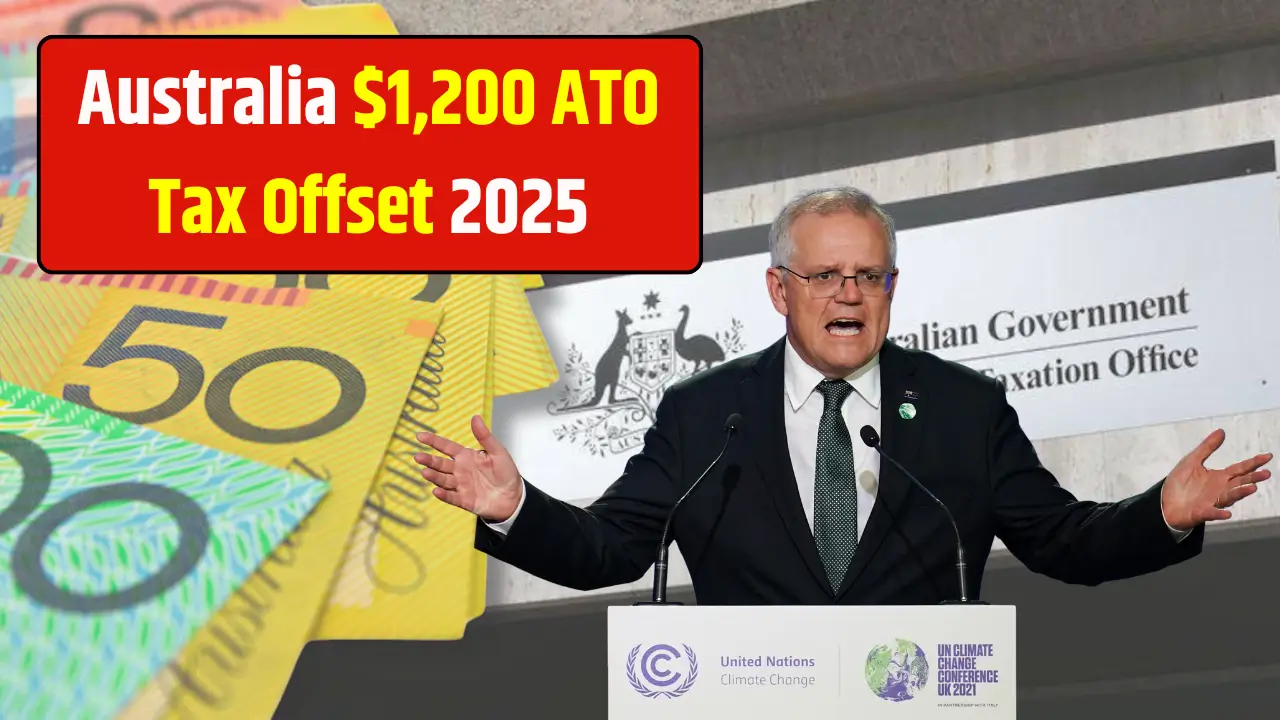Australia’s Robodebt $1.8B Refunds Shock 2025: In a landmark move in 2025, the Australian Government has agreed to pay an additional A$475 million in compensation to victims of the controversial Robo-debt scheme — on top of previous refunds and settlements.
This latest settlement follows revelations that Robodebt, an automated debt recovery program, unlawfully targeted vulnerable Australians with unfair debt claims.
It stands to be the largest class action settlement in Australian legal history, signalling a historic acknowledgment of the harm caused by the flawed system.
The Robodebt scheme ravaged the lives of many welfare recipients through aggressive and often inaccurate automated debt recoveries, which caused undue financial and emotional hardship.
The new settlement provides an expanded compensation package for affected individuals and reflects ongoing government efforts to rectify past injustices.
Background: What Was the Robodebt Scheme?
The Robodebt scheme was an automated system used by the Australian Department of Human Services, active from 2015 to 2019, to identify and recover overpaid welfare benefits from recipients.
It relied heavily on data matching between Centrelink records and Australian Taxation Office income data to generate debt notices.
Key issues included:
- Use of average income data to calculate debts, often resulting in inflated or incorrect amounts.
- Reverse onus of proof where individuals had to prove they did not owe money, instead of the government proving the debt.
- Poor communication and lack of transparency with beneficiaries.
- Consequent significant financial pressure, mental health deterioration, and hardship for many across Australia.
The program was widely criticised by legal experts, advocacy groups and the 2022 Royal Commission, which labelled it a “crude and cruel mechanism, neither fair nor legal,” calling it a “costly failure of public administration”.
The Original Settlement and Refunds Before 2025
The first major class action settlement was reached in 2020 with a payment pool of more than A$1.2 billion. This included:
- Refunds of wrongly claimed debts to affected individuals.
- Interest payments calculated to compensate for the time those individuals were deprived of funds.
- Initial financial redress to more than 400,000 claimants.
By 2022, around A$112 million was distributed as settlement payments to group members beyond the refunded debts, but many felt this was insufficient given the scale of harm inflicted.
The 2025 Additional A$475M Settlement: What It Means
Following an appeal of the original settlement, the government and claimants agreed on a new settlement of A$475 million in compensation, awaiting Federal Court approval expected in early 2026. This is in addition to previous refunds and legal costs already paid out.
Components of the settlement include:
| Settlement Component | Amount (A$) | Purpose |
| Compensation | 475 million | Direct payments to eligible claimants |
| Legal Costs | Up to 13.5 million | Cover plaintiffs’ reasonable legal fees |
| Settlement Administration Costs | Up to 60 million | Managing payments and operations |
The total agreement means that, combined with past settlements, the total financial redress from Robodebt-related claims surpasses A$2.4 billion, including cancelled or forgiven debts of approximately A$1.76 billion.
This additional settlement recognises not only financial loss but also significant emotional and psychological harm caused by the program.
Eligibility for the 2025 Robodebt Class Action Settlement
Eligible individuals include anyone who was affected by the original Robodebt automated debt recovery scheme from 2015 to 2019 and participated in the class action suits. This covers Centrelink welfare recipients who:
- Had debts incorrectly raised via automated income averaging;
- Were forced to repay debts they did not owe;
- Experienced suspension or cancellation of payments due to disputed debts;
- Were part of the original Knox v Commonwealth or Prygodicz v Commonwealth class actions.
Claimants do not need to take immediate action but must keep their contact details current with Services Australia to receive notices about registration and payment processes.
Process for Claiming the Additional Compensation
Once the Federal Court approves the settlement, a scheme administrator will be appointed to manage compensation distribution. The process will typically involve:
- Notification letters sent to eligible claimants explaining next steps.
- A registration or claim form to confirm eligibility and payment details.
- A specified window (likely around 14 weeks) to register for payments.
- Verification and calculation of payment amounts based on settlement guidelines.
It is important for claimants to maintain updated contact information with Services Australia to ensure communication is received promptly.
Government and Legal Perspectives on the Settlement
Attorney-General Michelle Rowland described the settlement as an act of justice reflecting the government’s commitment to righting the extensive wrongs of the Robodebt scheme.
The Labor government has positioned the resolution of the claim as an important step in supporting vulnerable Australians harmed by past policies.
Gordon Legal, lead plaintiffs in the class action, also highlighted the settlement as the “largest in Australian history” and a record financial redress for victims of unlawful government action.
Broader Impact of the Robodebt Resolution
The Robodebt settlement holds wider significance beyond monetary compensation. It acts as a cautionary tale for public administration, underscoring:
- The importance of fairness and transparency in welfare administration.
- The risks posed by overreliance on automated decision-making without proper human oversight.
- The necessity for corrective mechanisms and legal recourse when government errors arise.
For many claimants, the settlement also offers a sense of closure and public acknowledgment of their suffering.
Summary Table: Robodebt Settlement Milestones
| Year | Event | Amount (A$) | Notes |
| 2020 | Initial class action settlement | 1.2 billion (refunds + interest) | Paid out to affected claimants |
| 2022 | First settlement payment | 112 million | Additional payments to group members |
| 2025 (pending) | New appeal settlement agreement | 475 million | Largest single class action settlement |
| Total | Combined redress to date | 2.4 billion+ | Includes forgiven debts and costs |
Conclusion
The Australia Robodebt class action settlement in 2025 represents a crucial juncture in addressing historic injustices inflicted by automated debt recovery schemes.
With an extra A$475 million in compensation on top of earlier refunds, this settlement reinforces the government’s responsibility to vulnerable citizens and the importance of fair, accurate social welfare administration.
As the Federal Court prepares to approve the settlement, affected Australians can expect further communication and ensure their information is up to date to receive due compensation.
Beyond monetary value, the resolution stands as a significant milestone for justice and good governance in Australia.
FAQs
Q1: What is the additional Robodebt settlement amount announced in 2025?
The government agreed to pay an extra A$475 million in compensation on top of previous refunds and settlements.
Q2: Who is eligible for compensation under the Robodebt class action?
Eligible members include individuals affected by the Robodebt automated debt recovery scheme from 2015 to 2019 and part of the class actions Knox v Commonwealth or Prygodicz v Commonwealth.
Q3: Do claimants need to apply to receive the new compensation?
Not immediately. Eligible claimants will be contacted and asked to register once the settlement is approved by the Federal Court.
Q4: What is the total financial redress related to Robodebt settlement?
Combined, the total redress surpasses A$2.4 billion, including refunds, forgiven debts, and compensation.
Q5: How does the government view the Robodebt settlement?
The government considers it a just and fair resolution acknowledging the harm done, emphasizing commitment to protecting vulnerable Australians from similar errors in the future.
